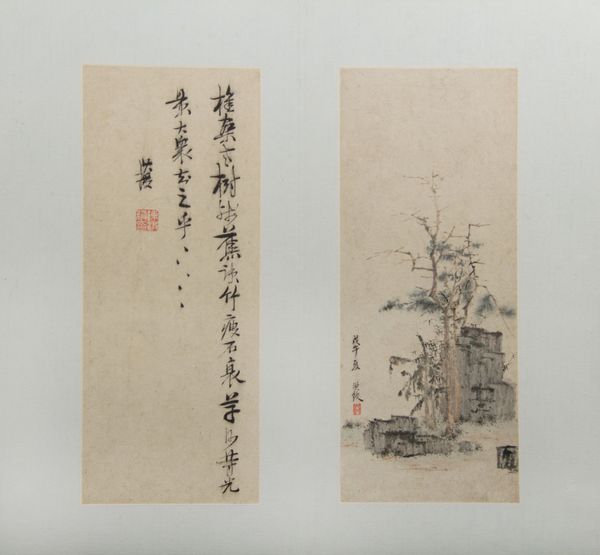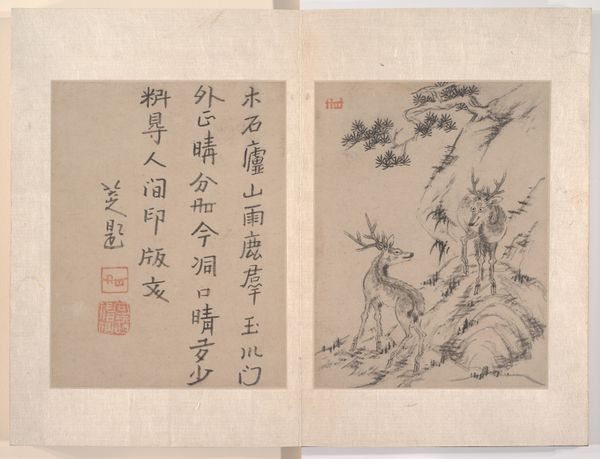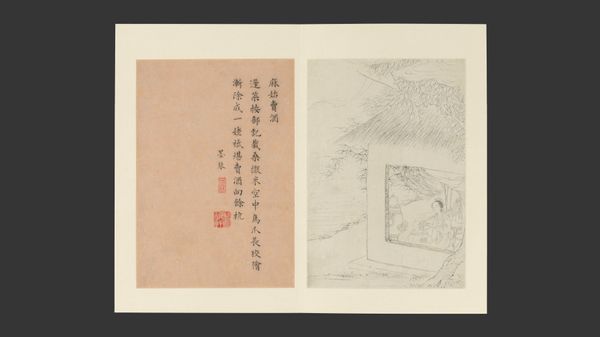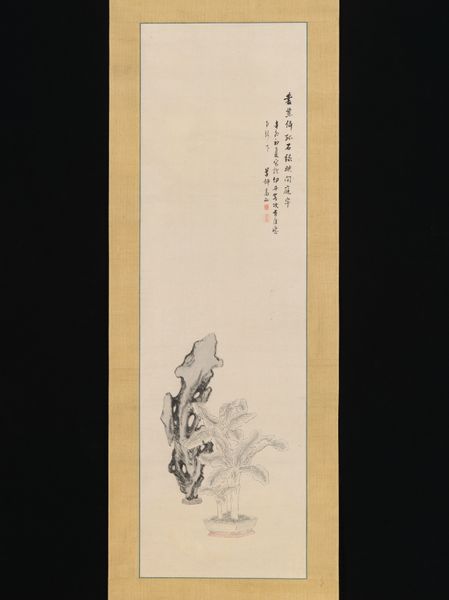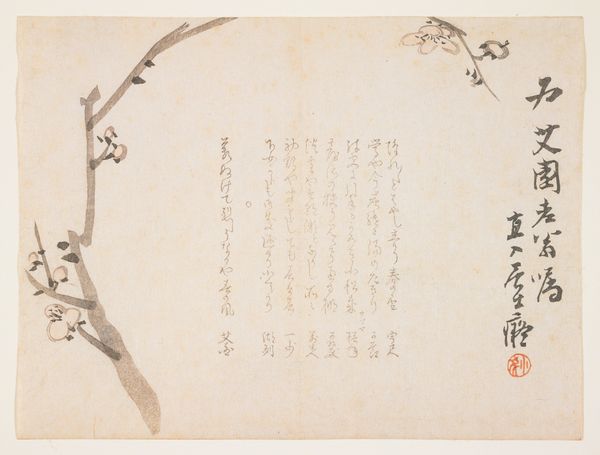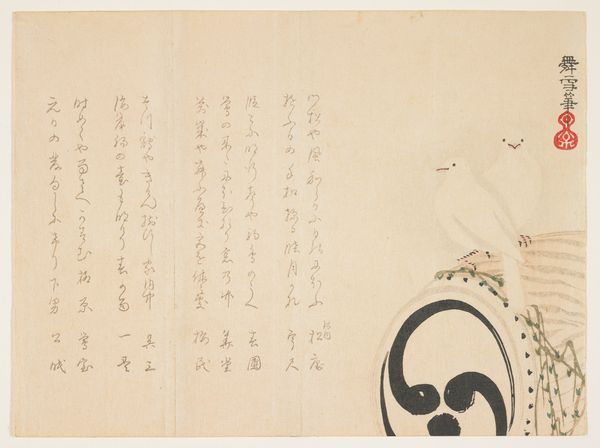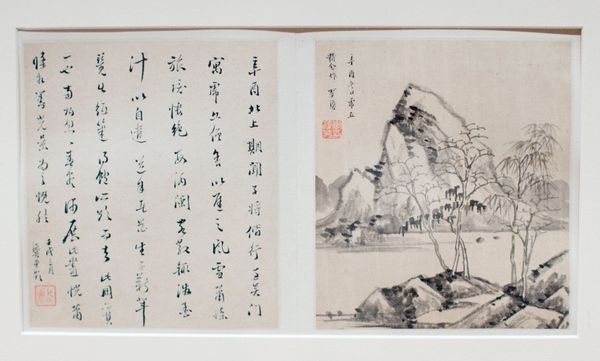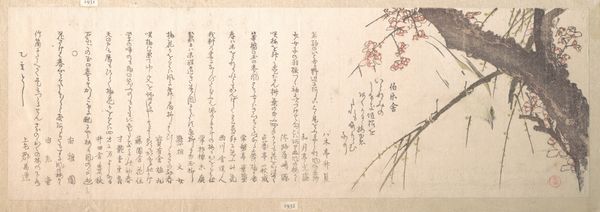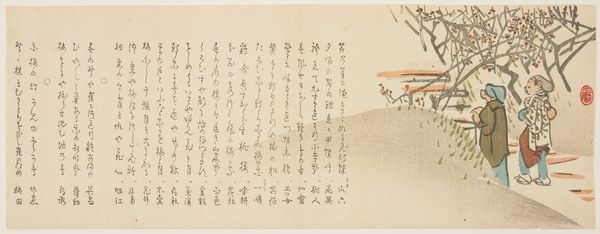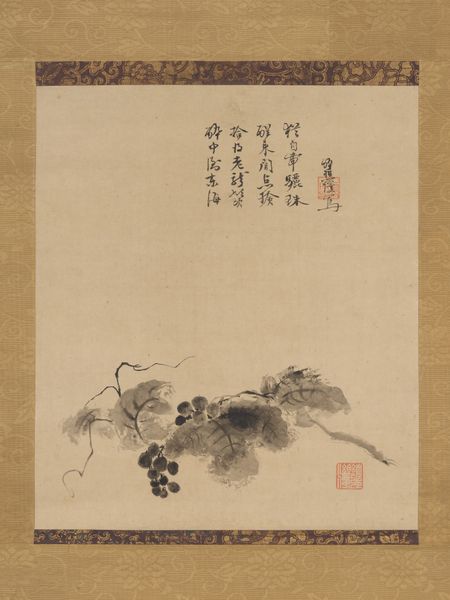
drawing, paper, ink
#
drawing
#
asian-art
#
landscape
#
paper
#
ink
#
mountain
Dimensions: Image (leaf a): 9 1/2 × 5 1/2 in. (24.1 × 14 cm) Overall with mounting (a): 12 1/4 × 14 5/8 in. (31.1 × 37.1 cm) Overall with mounting (leaves b–h): 12 1/8 × 14 3/8 in. (30.8 × 36.5 cm) Image (i frontispiece): 10 1/8 × 12 1/4 in. (25.7 × 31.1 cm) Image (j inscription by the artist): 10 3/8 × 12 1/2 in. (26.4 × 31.8 cm) Overall with mounting (i and j): 14 5/8 × 12 1/4 in. (37.1 × 31.1 cm)
Copyright: Public Domain
This is one leaf from Zheng Min's "Eight Views of the Yellow Mountains," made with ink on paper in the 17th century. This landscape invites a meditative gaze, its monochromatic palette focused on form and structure. Notice how Zheng uses precise, wiry lines to define the geological forms, contrasting sharply with the negative space that breathes life into the composition. The mountain's craggy textures, rendered with meticulous detail, dominate the frame. Scale is skewed as the steep rock face towers over the viewer and its surroundings, evoking a sense of awe. The artist challenges conventional perspectives by using a semiotic language of landscape to transcend mere representation. The seemingly abstract strokes cohere into recognizable forms that, despite their specificity, invite broad interpretation. In its very structure, this work destabilizes fixed meanings, prompting a re-evaluation of nature’s grandeur and our place within it. Ultimately, Zheng Min’s mastery lies in his ability to transform ink into a dynamic interplay of line and space. This allows us to engage with the philosophical underpinnings of landscape art, positioning it as a space for ongoing contemplation and aesthetic discovery.
Comments
No comments
Be the first to comment and join the conversation on the ultimate creative platform.
